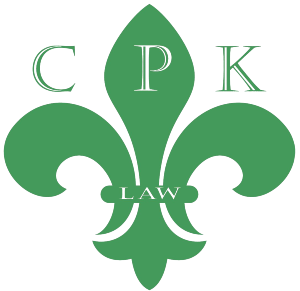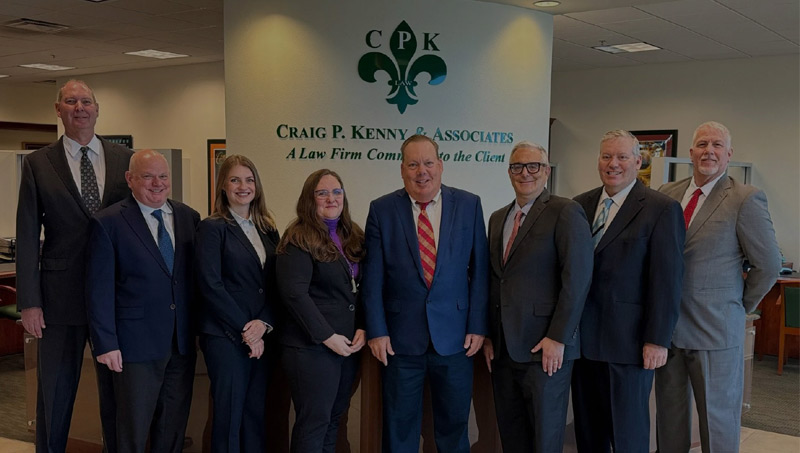By Melanie Scheible, Esq.
Nevada State Senator – District 9
The 82nd Nevada Legislature commenced on February 6, 2023 in Carson City, where 63 lawmakers are gathered for 120 days to amend, create, and shape Nevada’s Law.
The Legislative process is open and public, with ample opportunities for participation in-person and online. The Nevada Legislative Website – NELIS – provides detailed calendars, agendas, and guides to legislation as it is introduced, heard, and moves through the process. Here is the website: https://www.leg.state.nv.us/App/NELIS/REL/82nd2023
In the left-hand column, all of the committee meetings and hearings are listed. In the right-hand column, the agenda for daily Floor Sessions can be found. Floor sessions are meetings of an entire House, while committee meetings are smaller groups of Legislators. The larger house is called the Assembly and has 42 members, while the smaller house is called the Senate and has 21 members. There are exactly twice as many Assemblymembers as Senators, because there are two Assembly Districts geographically contained within each Senate District. For example, I represent Senate District 9 in the Southwest part of Las Vegas. Senate District 9 includes both Assembly District 42 and Assembly District 9. Every Nevada voter has the opportunity to elect one member of the Assembly and one member of the Senate to represent them in the Legislature, based on where they live.
Within each House, the members are organized into Committees that focus on different types of bills – including Judiciary bills, Commerce and Labor bills, Health and Human Services bills, Education bills, and others. The committees meet every day to hear bills in meetings that are open to the public and broadcast online. The video feed for every Committee hearing is linked in the title of the meeting on the NELIS website. The link goes live a few minutes before the meeting begins, and after the hearing is concluded it remains available online.
In addition to the link for the video feed, every meeting link also has an agenda published online which includes links to the text of the bill being heard, as well as ‘exhibits’ which are the additional documents presented to members of the Committee hearing the bill.
Every bill must be heard in two Committee hearings before it can be passed and become law. The Committee hearing follows a standard format, beginning with the Assemblymember or Senator who has introduced the bill presenting the bill to the members of the Committee. The sponsor of the bill may invite other people to assist them in presenting the bill, such as experts in the field, advocates from community organizations, and their constituents. After the sponsor has presented the bill, members of the Committee ask questions. At the conclusion of questions, testimony is opened on the bill. Testimony is taken in support, opposition, and neutral positions on every bill. People can testify in person at the Legislature in Carson City, in person at the Grant Sawyer building in Las Vegas, or via phone.
Usually, in Nevada, bills are not passed the same day they are heard. Hearings often bring up additional questions and points of discussion that the sponsor will continue to address after the end of the hearing. Rather, a “work session” will be scheduled at a later date to vote on the bill. During the work session, amendments may be presented to the bill, additional questions may be asked and answered, and the committee will make a decision. When the Committee decides to “pass” or “amend and pass” the bill, it is then sent to the whole House for a vote. A list of bills that the Senate and Assembly will vote on is provided every day in the link to the Floor Session on the right-hand side of the NELIS website.
To summarize, a bill is first introduced by a member of the Legislature – either an Assemblymember or Senator. The bill is then sent to a Committee in the sponsor’s House. A bill introduced by a Senator is Click to Continue


